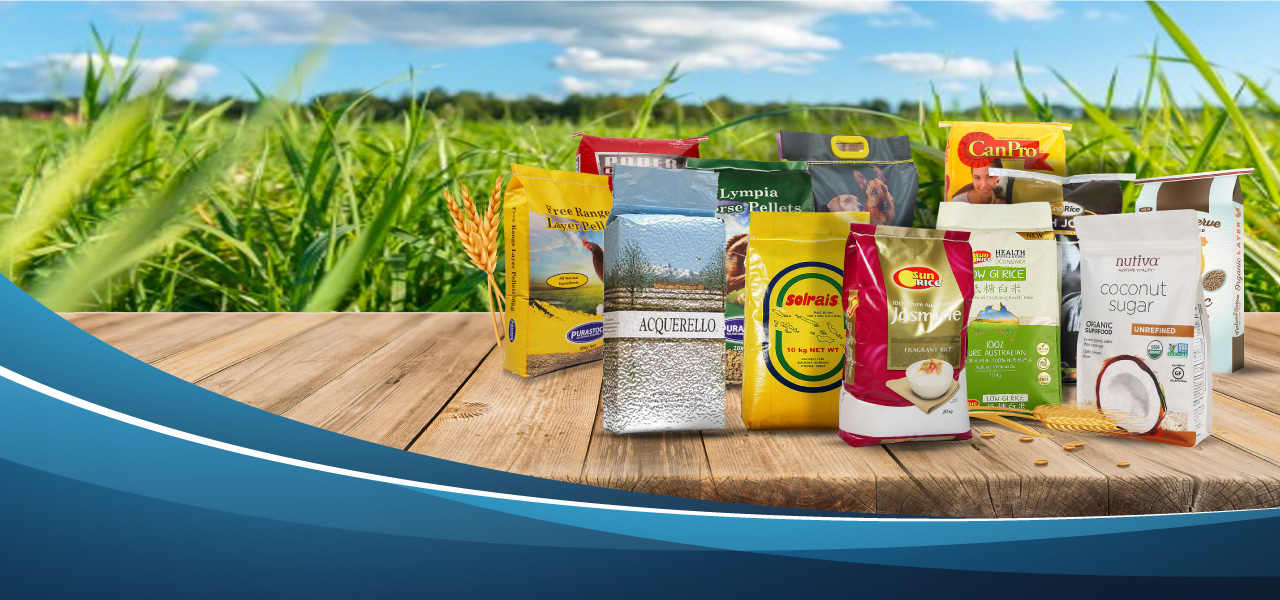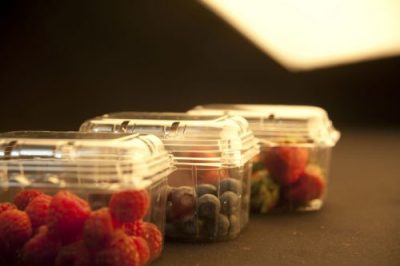How can you keep your vegetables fresh?
Fruit and vegetable packaging is a farm practice that involves taking fresh crops from the field to the customer. Since all fruits or veggies are perishable, choosing the right package for them becomes crucial in order to survive the market with the high quality intact- it’s not just about storing goods anymore! The main function these days seems simple enough: maintaining produce by protecting its nutrients while extending storage life span as much as possible before they spoil on us.
More importantly, fruit and vegetable packaging represents an integral component in marketing management. As a matter of fact, a package is a way of communication with the customers, and therefore, it’s directly related to the sales strategy in fruit and vegetable packaging.
In this article, we will introduce the different types of fruit and vegetable packaging as well as explain how you can choose which type is right for your needs. We also analyze what kind trends are emerging in these industries so that users know where they stand when looking at their options.

Types of Fruit and Vegetable Packaging
Regarding its function, fruit and vegetable package can be observed in two ways:
Primary package:
The layer of the package which is in direct contact with the product; usually offered to the customer
Secondary package:
Holds the primary package during transport and storage, and therefore facilitates its handling
Regardless of its function, there are various types of fruit and vegetable packages. These include:
# Containers:
a cost-effective method for packing crops that are not so susceptible to physical damage, such as melons, pumpkins, yams, potatoes, and cassava. After the harvest, crops are stacked into a container which is fitted to a transport vehicle and delivered to the customers without using any other package.
# Woven baskets:
These baskets are commonly used by small-holder farmers and made from locally available materials. They provide very good ventilation for crops, but their roughness can damage them during transport or handling.
# Bags:
A relatively cheap packaging type, suitable for crops that are not so susceptible to physical damage, such as potatoes, onions, pumpkins, or melons.
Modified atmosphere package:a special package created by removing the air from the package and replacing it with a single gas or a mixture of gases. The carefully managed mixture of gases within these packages maintains an optimal level that will enrich your harvest while extending its storage life.
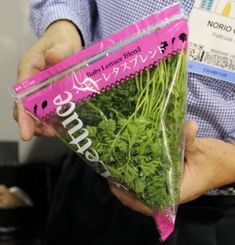
# Vacuum package:
A special type of package in which the oxygen has been removed and replaced with a vacuum. The result is an airtight environment, perfect for storing your products.
A Few Lessons About Choosing the Right Package
Farming is a very special activity that is highly dependent upon natural processes. In regards to that, every farm management should be unique. Each farmer’s decision, as well as each farm practice, can result in unexpected results. The same is with crop packing management. In order to manage crop packing successfully, while deciding on the right crop package, farmers should keep in mind a few of the following tips:
-
Crop requirements:
each crop has its own package requirements, for instance, berries are much more susceptible to damage than apples, and therefore, they require carefully managed packing.
-
Crop transport and storage management:
there is a difference between packing the crops that will be directly delivered to the market, and crops that will be stored for a certain period.
-
The storage:
crop package should be in accordance with the type of storage (CA storage, cooling storage, simple storage facilities, pre-cooling), as well as with the duration of the storage (short-term or long-term storage).
-
Message to customers:
When picking fruits and vegetables, farmers should consider how they want their products presented to customers.
-
Value for money:
when deciding on crop packages, a farmer should be aware of his own financial possibilities. Besides that, for certain high-value crops (e.g. blueberries), farmers can afford higher costs of packaging. On the other hand, for crops such as potatoes, farmers prefer using more affordable packaging solutions.
In order to make sure that we are able properly convey advertising messages and important product information, it is necessary for us collaborate with an experienced agency, which in turn closely cooperates with the packaging manufacturer who ultimately manages the printing of the fruit and vegetable packaging.
He also competently advises which printing method best suits the planned product and its specific requirements: flexographic, offset, or digital printing. In all of the printing methods mentioned above, it is possible to use food-compatible inks for a safe and pollution-free product.
Six trends in fruit and vegetable packaging
Modern consumers are more concerned than ever about the food they eat and where it comes from. The growing demands in terms of health, sustainability, and organic production determine not only what customers purchase but also how modern people behave with regards to grocery shopping today.
At the same time, the variety of food products is increasing enormously – there are also constantly changing breeds and new varieties in the fruit and vegetable sector. Along with these changes, the packaging requirements are changing as well.
Trend 1: Sustainability along the supply chain
Eco is in! The desire for sustainable food ranges from production, up the value chain, into the kitchen. Packaging plays an important role throughout the supply chain – in terms of freshness and protection of goods, quality, and labeling. Corrugated cardboard or full cardboard packaging is not only nearly 100 percent recyclable, but it is also made from renewable raw materials, which has a positive impact on the CO2 balance.
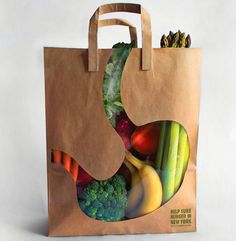
In addition, such packaging is much more natural than plastic and is rightly perceived by consumers as sustainable and environmentally friendly. For this reason, supermarkets and discounters are increasingly using cardboard instead of plastic in the packaging of fruit and vegetables, as in the case of cherry tomatoes, for example, which are increasingly available today packed in printed corrugated board trays.
Trend 2: Promoting the regional character
Many growers already know that in the case of fruit and vegetables, the regional origin of the products is even more important to consumers than biological or ecological considerations or fair guarantees. This was again confirmed by the study “Fruits and Vegetables 2016” by market research institute Mafowerk.
As a result, more and more German producers are growing their fruits and vegetables in greenhouses. For consumers, this means for example that in November there are still strawberries from Franconia – instead of Peru. On the one hand, for the growers, this means a longer season and thus a competitive advantage over fruit and vegetable suppliers from abroad. On the other hand, smaller farms also have to learn to play their regional trump card: their own name, logo, and, of course, the region should be printed directly on the packaging. Packaging of cardboard or corrugated board is particularly suitable here because of the good printability of the material. And this is how regional producers stand out from their competitors in Italy, Spain, and so on.
Trend 3: Optimum advertising effect through a variety of printing processes
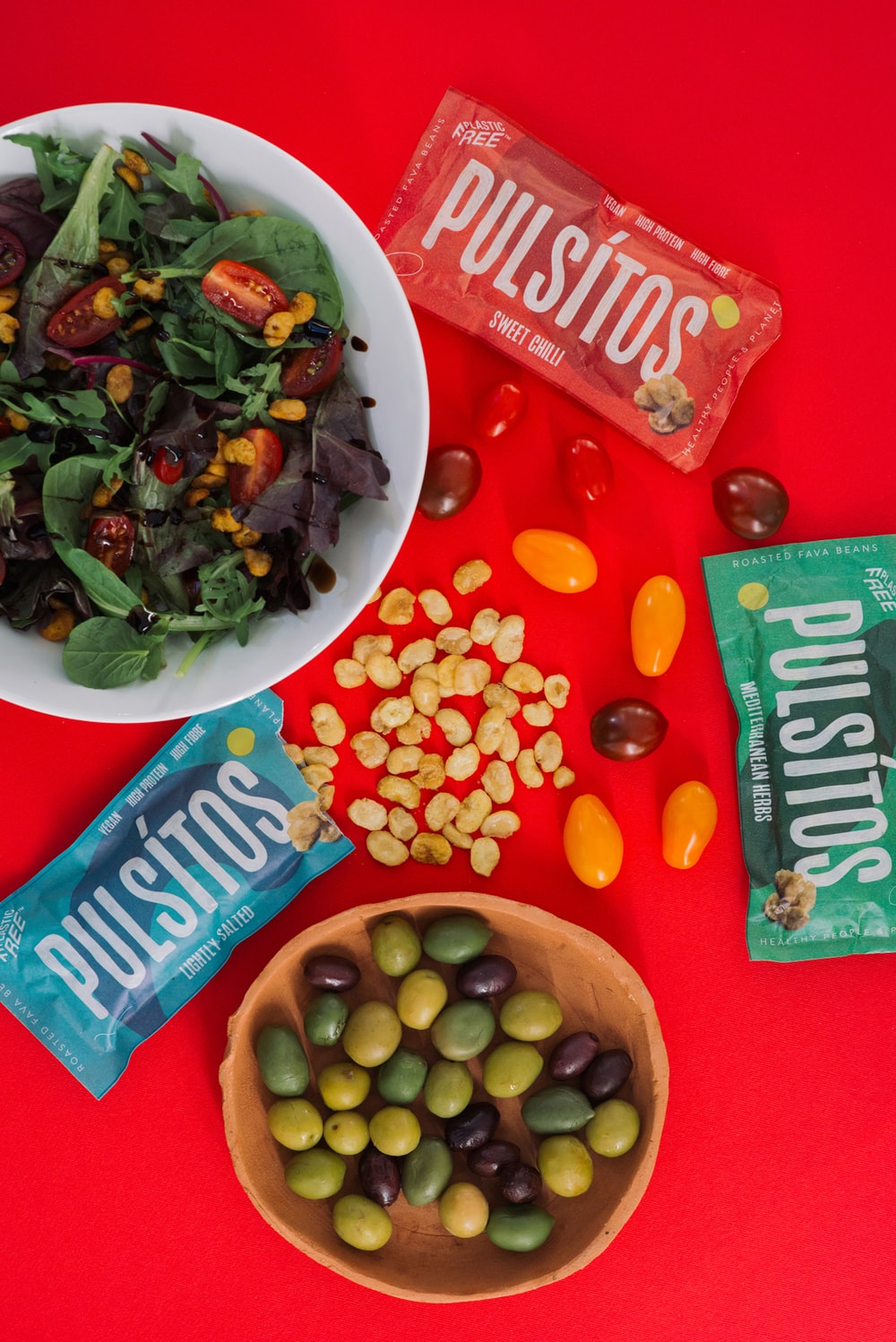
Trend 4: Flexibility and proximity in terms of logistics
High-yield harvests, lean harvests, a short-term harvest time, or the sudden increase in demand for regional produce due to trade promotions – in the fruit and vegetable sector, flexibility is extremely important. As a result, growers should source their packaging from a regional supplier who offers flexible delivery times, and variable purchase quantities, and who offers to store the packaging until harvest time.
Trend 5: New packaging sizes and shapes
Changes in the shape and size of fruits and vegetables also require adaptation of the packaging. With the trend towards smaller fruits and vegetables, packagers must be aware of how their packaging fits into this new landscape. For example there is a growing number in which consumers purchase snack cucumbers rather than larger varieties; these items require specific types or sizes for optimum saleability depending on what they will eventually end up being used as snacks with—whether it’s sitting next to your favorite iced tea at home during summertime cookouts or thrown onto salads mixed amongst other things.
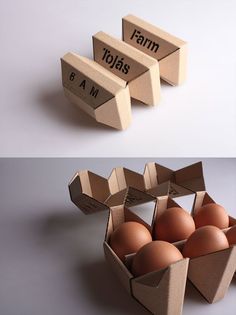
Trend 6: Changed material requirements
Foods that come in plastic packages may be rated lower than those available in an open cardboard box because it can lead to more spoilage. However, paperboard fruit and vegetable packaging aren’t any better since the moisture within these products causes them to go bad faster on your grocery shelf if not properly protected during transport or storage – this is why cucumbers are packed inside cellophane before entering into a refrigerator where they’ll stay fresh longer!
Alternatively, growers may provide fruit and vegetable trays with special paper grades or coatings that prevent moisture from entering the carton. An important role in material selection also plays a role in how fruit and vegetables are stored across the supply chain, for example in cold stores, during the transport route, and for which period of time.
Conclusion:
Some farmers do not add importance to crop packaging. However, choosing the right package for crops can be a turning point for preserving the yield and maintaining crop quality. Above all, crop packaging will determine a farmer’s success on the market.
The current trend of fruit and vegetable packaging has reached personal benefit. We recommend that farmers use an excellent vegetable and fruit packaging company, and they will advise agricultural producers on the packaging of fruit and vegetable varieties.
About PrimePac
At PrimePac, we bring together design experts and brand innovators to create fresh ideas, customized packages, and fully efficient processes.
We design creative packaging solutions that cater to a diverse global audience with the in-house knowledge and network of experienced professionals to meet the demands of every type of client.
From our dedicated sales team and warehouse staff in the UK to the experts at our production facilities in China, all of our employees are guided by four core values at the heart of our business: integrity, innovation, passion, and engagement.
Network
With our team in China and UK working as one, we reduce inefficiency so that you deal with one streamlined team from manufacturing right to delivery in fruit and vegetable packaging.
Service support team located in Guangzhou, the manufacturing hub of China, providing rapid response, and local industry knowledge. Warehouse and 3PL network located in Sydney, to provide rapid distribution, and delivery to your customers.
